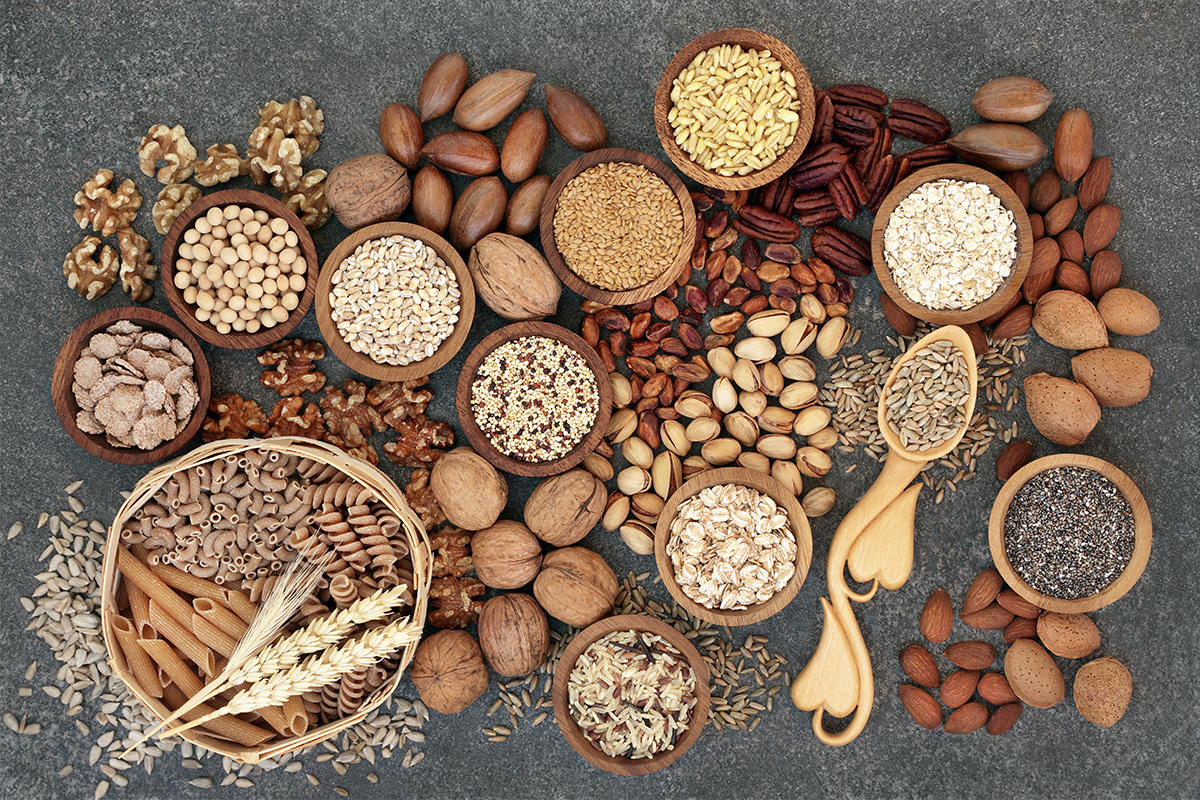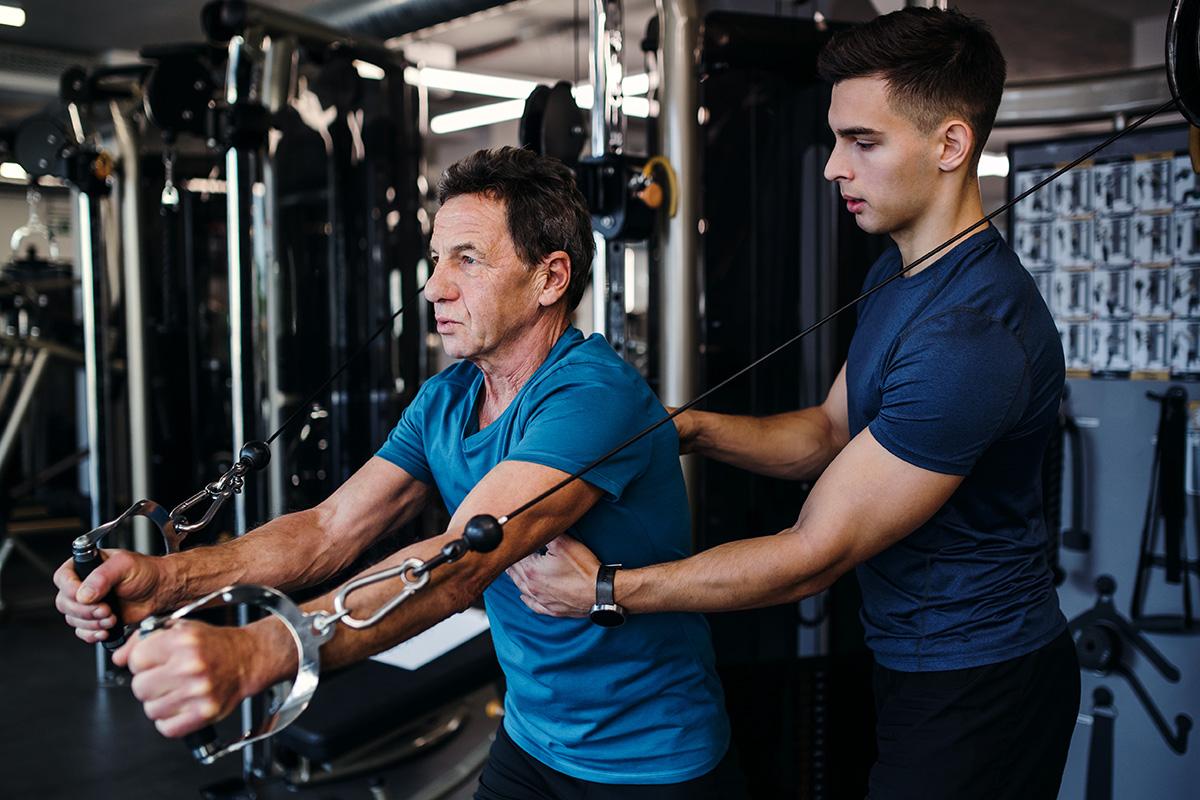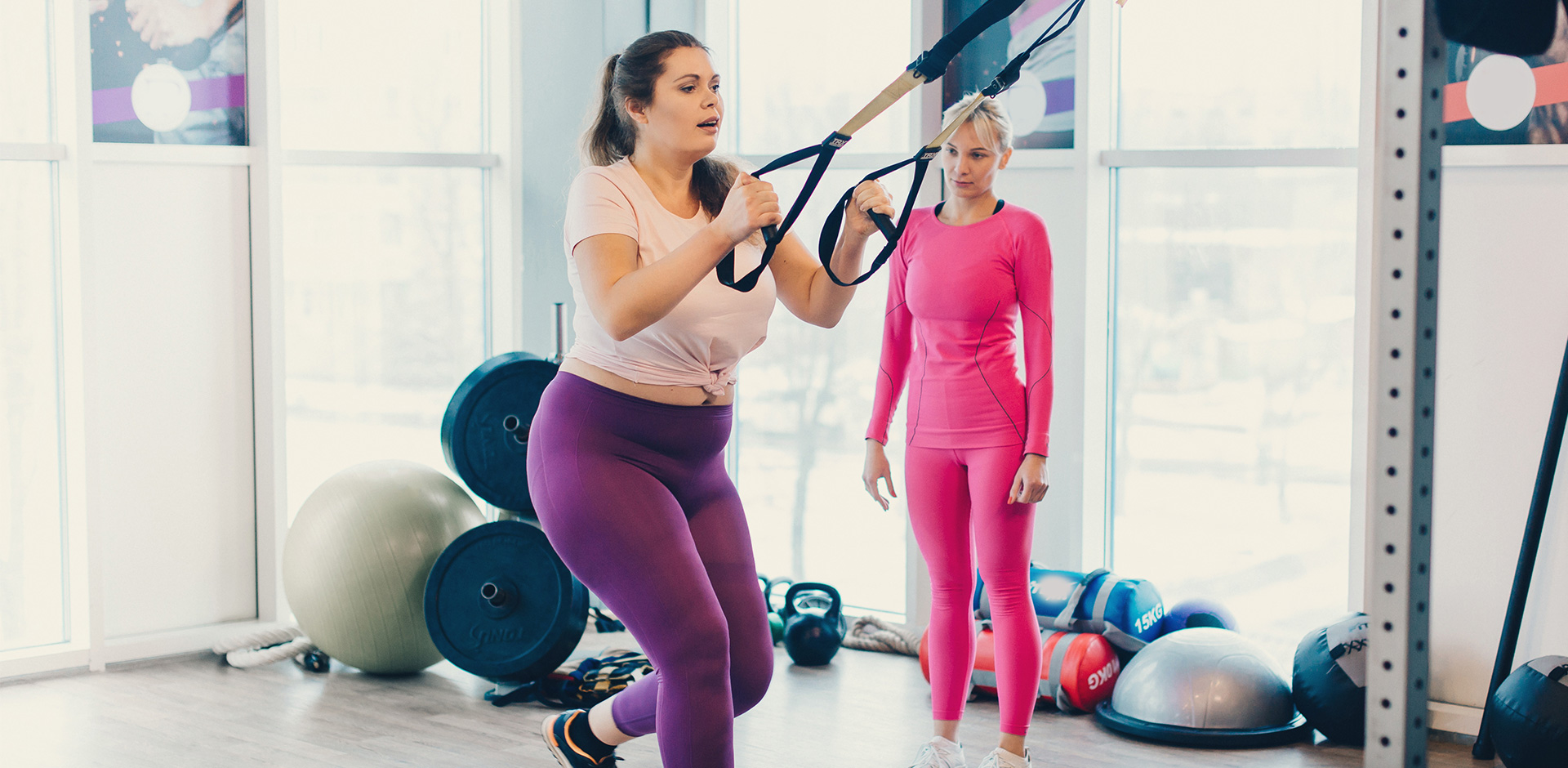The number of people with insulin resistance in the world is constantly increasing, which is particularly evident in highly developed countries. This increase is correlated with the increasing part of the population affected by obesity. Is physical activity indicated for people with reduced sensitivity of body tissues to insulin? The answer to this question, as well as tips and recommendations related to supporting the treatment of this condition you will find in the article below.
What is insulin resistance?
Insulin resistance is a state of reduced tissue sensitivity to insulin. This hormone is responsible for regulating glucose. In addition, its task is to transport energy to both fat and muscle cells. This is one of the most anabolic hormones in our body. Both genetic and environmental factors are involved in the development of insulin resistance. Among the overwhelming reasons we can mention mainly too high supply of kilocalories in the diet and low physical activity, which is undoubtedly correlated with the increase in body weight. Additional important factors are inflammation in the body, smoking, alcohol consumption and chronic stress.
Symptoms that may suggest that you have problems with insulin resistance are:
• excessive sleepiness after a meal (especially with carbohydrates),
• problems with weight control,
• problems with memory and concentration,
• constant tiredness,
• irritability,
• ravenous hunger attacks about 2-3 hours after a meal.

Insulin resistance develops gradually, in the initial period may not give symptoms. It is therefore worth to carry out preventive diagnostic examinations. A serious consequence of untreated insulin resistance is the metabolic syndrome, a group of co-existing health problems, which favors, among others, increased risk of heart attacks and strokes. This condition can lead to type II diabetes, indirectly contributes to the development of atherosclerosis.
How to fight insulin resistance?
The basic meaning of treatment is a proper diet, physical activity and a healthy lifestyle. Obesity is considered to be the main factor in the development of this condition, and therefore people who have already been diagnosed with insulin resistance are recommended to reduce their body weight by 5-10%.

In the prevention of insulin resistance, the main nutritional recommendations include:
• adequate energy supply (energy deficit),
• fiber intake (whole wheat bread, brown rice, brown pasta, oats, beans, peas, lentils, grains, seeds, vegetables and fruits),
• limiting the intake of saturated fatty acids,
• limitation of fried dishes, sweetened beverages, sweets and alcohol,
• keeping longer breaks between meals.
Physical activity
In addition to dietary treatment, the key issue in assisting treatment is the appropriate dose of physical activity. One of the most important target cells for insulin are muscle cells, which means that training is a factor that influences the treatment of insulin resistance. Well-chosen activity has a positive effect on increasing the sensitivity of tissues to insulin, lowering lipids, and regulating blood pressure. People who are physically active are less likely to develop insulin resistance by 33-50%. It is recommended to enter a properly composed diet, as well as physical activity at a minimum of 150 minutes a week of moderate exercise or 75 minutes of intense exercise, additionally including strength training a minimum of two times a week. Systematic activity will be conducive to lowering body weight, and will also increase muscle and bone mass. Physical effort is a key element to improve the performance of insulin. We should strive to increase the amount of movement, both in the form of exercises and daily activities.
What type of activity should be chosen for people with insulin resistance?

It is best to focus on general development exercises, initially with low or medium intensity levels. A good idea will be walking, cycling, yoga or training - the safest way under the supervision of the trainer. The beneficial effect of strength training on reducing insulin resistance is explained by the formation of new blood vessels in working skeletal muscles. We select activities individually, depending on the results of research, health status or preferences. It is important to correlate the training time with its intensity. A lifestyle involving regular physical activity has been described as a key factor for maintaining and improving health, including insulin sensitivity. Positive effects of the training are visible both during short-term intervention and long-term, regularly undertaken exercises. The primary treatment in insulin resistance is the use of an appropriate diet with regard to energy deficit, physical activity, elimination of stress, as well as the appropriate amount and quality of sleep. Some people also use medications - usually metformin, but the doctor decides about pharmacological treatment.
Summary
Regular exercise together with a balanced diet, elimination of stress are undoubtedly one of the most important elements that people with insulin resistance should introduce into their daily lives in order to improve their health parameters.





